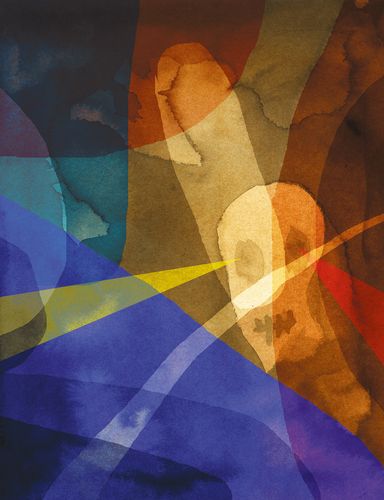There has been a rush of high-profile sudden deaths, bringing the spectre of sudden cardiac death into the forefront. Unfortunately, for us in the medical field, we see this more frequently than we would like to. So why do people die—what causes this complex machine that we call the human body to suddenly shut down? We are like any other machine, we need energy to function, and without energy—it’s like a switch being flipped—the human body shuts down-irreversibly in a matter of minutes.
For all the complexity of the human body, the Achilles heel is its inability to store energy. The body has to make energy in real time to stay alive. We generate energy through our nutrients—but the essential ingredient to complete the sequence is oxygen. Without oxygen, all our vast nutritional stores are meaningless and we have a window of about three to five minutes before irreversible cell death occurs.
The most common cause of sudden death is when the heart cannot pump the oxygen rich blood to various parts of the body, causing the energy crisis. The most common cause of the heart suddenly not being able to pump blood is a heart attack—when one of the blood vessels supplying the heart decides to abruptly close. The lack of blood flow causes that area of the heart to start dying, which in turn can cause an electrical short circuit—causing the heart to functionally stop working. It’s not the heart attack that kills, it’s the electrical instability than follows that causes people to die. The ironic part is that this is reversible, and very easily correctable with a shock to the heart with a defibrillator, which is present in most public arenas.
Cardiopulmonary Resuscitation or CPR was developed to help the lay population to provide help during those crucial few minutes, while waiting for medical help. While instances of attempted CPR were reported as far back as the 18th century, it wasn’t until 1960 that the American Heart Association developed a comprehensive strategy of teaching CPR to the general population and also having defibrillators present in public places. These defibrillators are easy to use, you just put the sticky pads on the persons chest and press the power button—the machine takes care of the rest.
CPR has gone to a chest compression mode only. The mouth-to-mouth portion is no longer recommended, as most people for obvious reasons do not feel comfortable performing it on strangers. Researchers also found that there is enough oxygen in the existing blood to supply the body if it can be circulated, buying a few priceless minutes. The current recommendation is pressure on the chest with the palm of your hands at a rate of 100-120 beats per minute, achieving two inches of depth per compression. Your hands literally perform the function of the heart circulating oxygen to prevent brain and other organ death. Despite all the work done nine out of 10 people do not make it.
Getting the person back to life is only the first step. The underlying cause still needs to be addressed, and the person still needs to get to a hospital as soon as possible. We have a goal of 90 minutes—what we refer to as door to balloon time. This is the time from when you hit the hospital to when we get the blocked artery in your heart open, usually with a balloon catheter—referred to as balloon angioplasty. It’s not enough having good hospitals, it’s the structure and the access that’s critical, if we are going to make a dent in this problem.
The problem of a heart attack continues to frustrate us cardiologists. It usually occurs as a consequence of a partial blockage that decides to break off on a given day. It is sudden, and there really is no reliable test to predict one with certainty. The body ages with time and there are other insults to the blood vessels including high blood pressure, diabetes, smoking, and high cholesterol to name a few of the usual suspects. While you cannot predict a heart attack, you can control the risk factors to lead up to it—stack the odds in your favour, and get medical help on a proactive basis.
I deal with heart disease on a daily basis. It’s a humbling field and it shows me the fragility of human life. I am still amazed at the effort we put into our work, businesses and investments, and our relative lack of emphasis on our health. The thread holding it all together can snap at any time, and when it does, you best hope you are close to a good medical facility. The only solace if you are not is that it will be quick and painless—a permanent white light.


